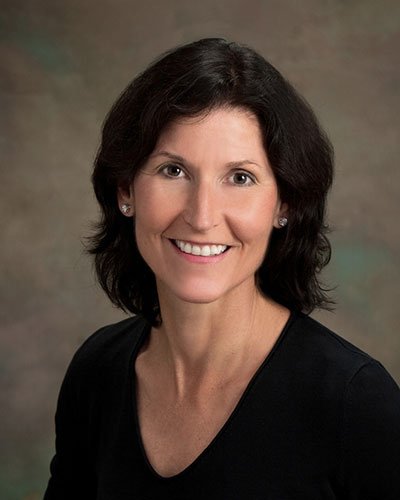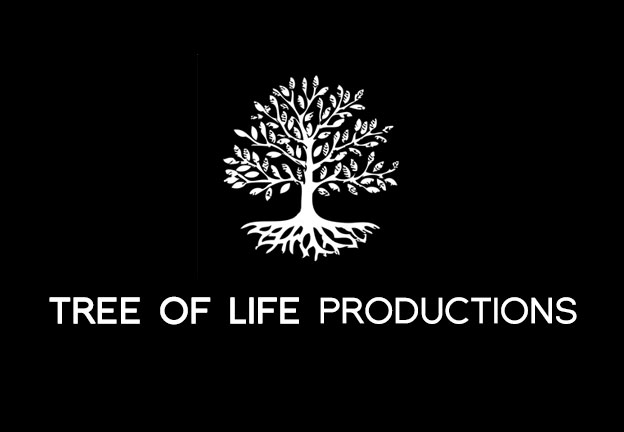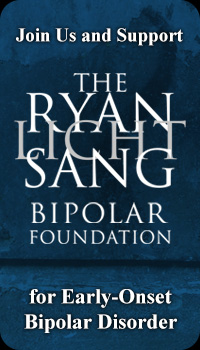

By Susan M. Sipprelle
Englewood, NJ, USA
(courtesy of Tree of Life Productions)
There are more than 200,000 active duty women in the U.S. armed forces today and approximately two million female veterans. About 280,000 women have served post-9/11 in Iraq and Afghanistan. In 2011, the United States decided to allow women to serve on the frontline, but the policy change only acknowledged the fact that many American servicewomen were already engaged in combat due to the nature of today's conflicts. Women are the fastest growing segment of the veteran population, and by 2020, twenty percent of American veterans will be female.
Women veterans are less likely to be married than their male counterparts. When they do marry, they are more likely to wed a fellow service member. They are also more likely to be divorced, a single parent and unemployed after their military service. The transition back to life in the United States has not been easy or smooth for many women veterans –the rate of suicide among female veterans increased by 11 percent between 2009 and 2011.
Over the past 18 months, Tree of Life Productions has filmed three young women as they soldier on through their adjustment to life at home. They volunteered for the post-9/11 U.S. military, hoping to improve their lives and make a difference in the world. Two were deployed to Afghanistan and one was sent to Iraq, twice. When they returned to the United States, they found themselves living in a country where few understand the experience of veterans, especially when they are female.
In, 2013, when we first met Amanda T. from Pawtucket, R.I. she was living in a shelter for homeless women veterans, the building itself named to commemorate a female Marine killed in Iraq in 2005 when an improvised explosive device detonated near her convoy vehicle.
Amanda joined the Army immediately after high school, where she had excelled in the U.S. Army Junior Reserve Officer Training Corps, or JROTC. The program supplied the structure and support that her family did not, especially after her parents' divorce and the ensuing disintegration of her family life, which occurred during her teenage years. Deployed to Afghanistan at the age of 20, Amanda participated in numerous firefights against the Taliban. She witnessed the terrifying injuries and deaths of her fellow soldiers during the confusion and mayhem of modern combat.

Susan M. Sipprelle
Since Amanda's return to the United States in 2011, she has struggled to readjust and connect with civilians, particularly women her own age, because she believes they cannot comprehend what she endured and also, dismayingly to her, are not interested in or able to comprehend her military experiences. Amanda said she had her neck inked to express this gulf and her tattoo means, "You never know what a person's been through. Like you never know. Talk is cheap."
The Marines recruited Natasha Y. of Lawrence, Mass. at the age of 17 when she was still in high school.
"If I became pregnant and didn't graduate from high school, that would have been the social norm," Natasha said. But the articulate recruiter, dressed in his sharp uniform, spoke to her about leadership, challenge, esprit de corps and being part of a team – words and concepts she had never heard before. Eager to escape her turbulent family life and her economically depressed hometown, Natasha said the recruiter persuaded her to join the military in less than three minutes.
When she graduated from Marine boot camp, Natasha was recognized as a leader and quickly promoted. She volunteered to go to Okinawa, Japan for a year, because she was excited to travel and see more of the world than New England. By 2000, however, Natasha's mother's mental health issues began to impair her ability to care for her young son, Natasha's half brother, so Natasha was forced to return home and take over his care. She took him with her to Marine Corps Air Station at Cherry Point in North Carolina, where she was raped on duty one night by a fellow Marine, who avoided prosecution. Nevertheless, Natasha re-enlisted and eventually deployed twice to Iraq, in 2005 and 2007.
During Natasha's second deployment, she supported explosive ordnance disposal or EOD teams that disabled the devastating roadside bombs insurgents built to kill and dismember Americans. Six team members died during her tour of duty, and Natasha's responsibilities included collecting their belongings to return to their families. The work was horrifying, exhausting and demoralizing. "It was a rough deployment," Natasha said. When the commander of her company returned home, he committed suicide in the parking lot of a Veterans of Foreign Wars facility. Natasha's ongoing readjustment to civilian life continues to be a physical and emotional roller coaster.

We met our film's third main character Lyndsey L. of Valley Cottage, N.Y. in 2013, when she landed at LaGuardia airport after a yearlong deployment to Afghanistan and reunited with her female partner.
Lyndsey graduated from Fordham University in 2009 where she had participated in the Army Reserve Officers Training Corps, or ROTC, which funded her undergraduate education. After college, Lyndsey elected to serve in the National Guard and began training with a signal unit that was expected to deploy in 2012.
During her first years in the service, Lyndsey served under the Clinton administration's "Don't ask, don't tell" policy that prohibited openly gay persons from serving in the military. She was fearful that she might be expelled on the basis of her sexual orientation, despite her excellent record of performance. When the policy was repealed in 2011, it was a great relief to her. "So I ended up coming out sooner than I thought I would be ready for, and it's been such a blessing for me in my military experience because I feel like I'm more myself now," Lyndsey said about the change.
Lyndsey believes that she had a military calling since she was a young girl, and she was deliberately seeking both a challenge and a spiritual awakening. "I realize that there are other ways I could have gone about that path now, but the military is what I chose to get me there," Lyndsey said, reflecting back on her service.
My father was a World War II veteran who did not wait to be drafted. He volunteered to serve, like the three main characters in our documentary. Unlike Amanda, Natasha and Lyndsey, he was not sent overseas or into combat, but some of his closest friends were killed in distant battles.
Fortunately, Amanda, Natasha and Lyndsey have come back home. They are ambassadors for all of us who are trying to both understand their military service and to help smooth their transition back into civilian life. I am honored to know them and to document their stories.

Link:





